Affiliate links on Android Authority may earn us a commission. Learn more.
HUAWEI P40 series announced: Zooming by competitors
March 26, 2020
It’s a tough time to launch a glitzy new phone, but Huawei is persevering on. That’s not a surprise coming from a company that has survived for almost a year on the US trade blacklist.
The new HUAWEI P40, HUAWEI P40 Pro, and HUAWEI P40 Pro Plus build on the glowing reputation of the P series, with a strong emphasis on photography. The top-of-the-line P40 Pro Plus is essentially HUAWEI’s answer to the Samsung Galaxy S20 Ultra, which in turn was a clear attempt to one up HUAWEI.
Like Samsung, HUAWEI has split its flagship series into three devices, complicating the decision tree for consumers. And this year, the P series suffers from a major handicap – no Google apps.
Don’t miss: HUAWEI P40 Pro review: Refinement done right
Here’s what you need to know about the HUAWEI P40, HUAWEI P40 Pro, and HUAWEI P40 Pro Plus.
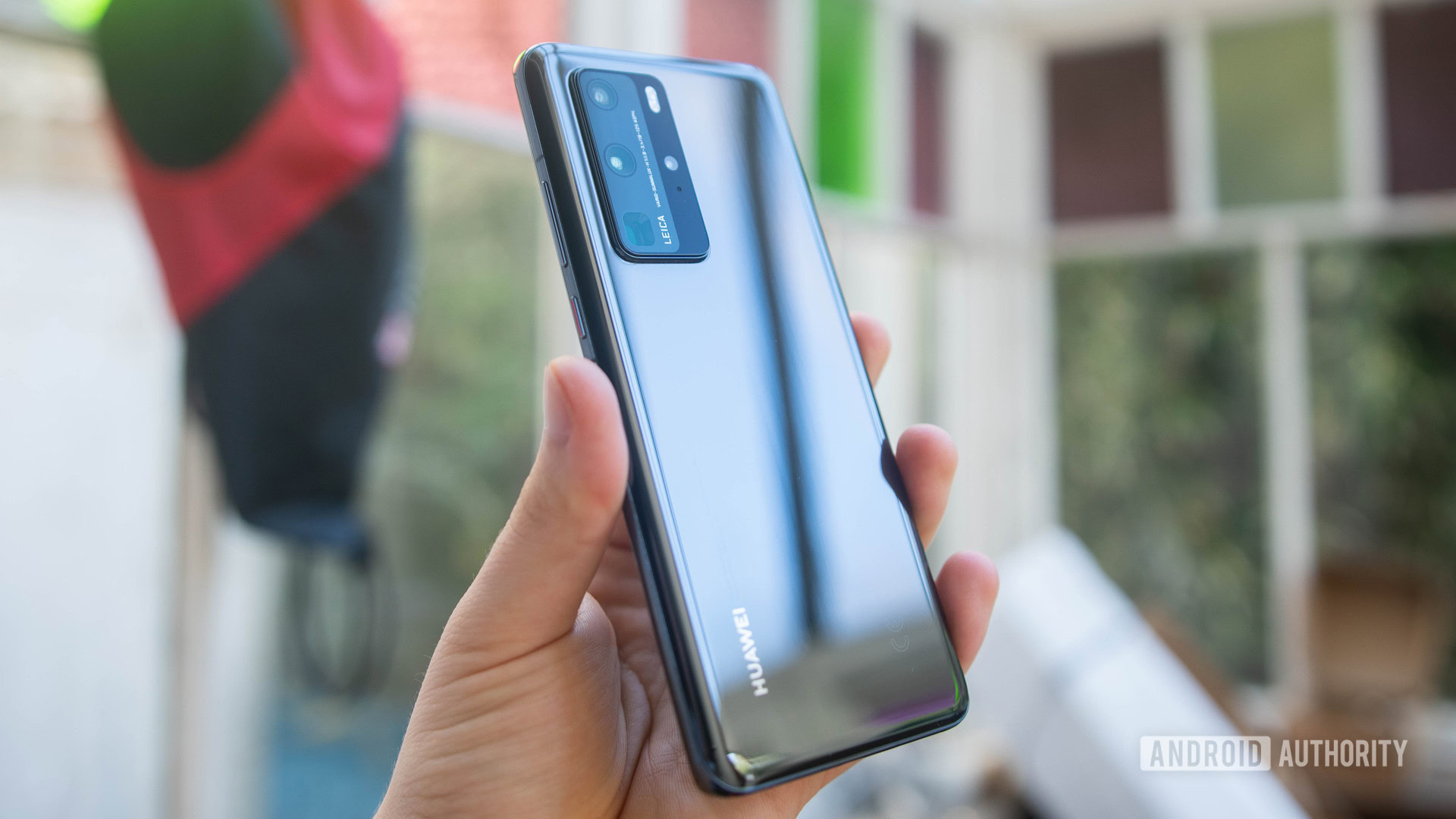
Good things come in threes
“Pro” isn’t cool enough for phone makers anymore. Where Samsung has the S20 Ultra, HUAWEI dials things up to 11 with the HUAWEI P40 Pro Plus.
The P40 Pro Plus is the best of the best, the one you’ll want if money is no concern. Its back is made of a ceramic material that HUAWEI claims is as strong as sapphire, as opposed to the Gorilla Glass on the P40 Pro and P40. But the real differentiator is the camera system. The P40 Pro Plus comes with two optical zoom cameras, offering an unprecedented 10X optical zoom.
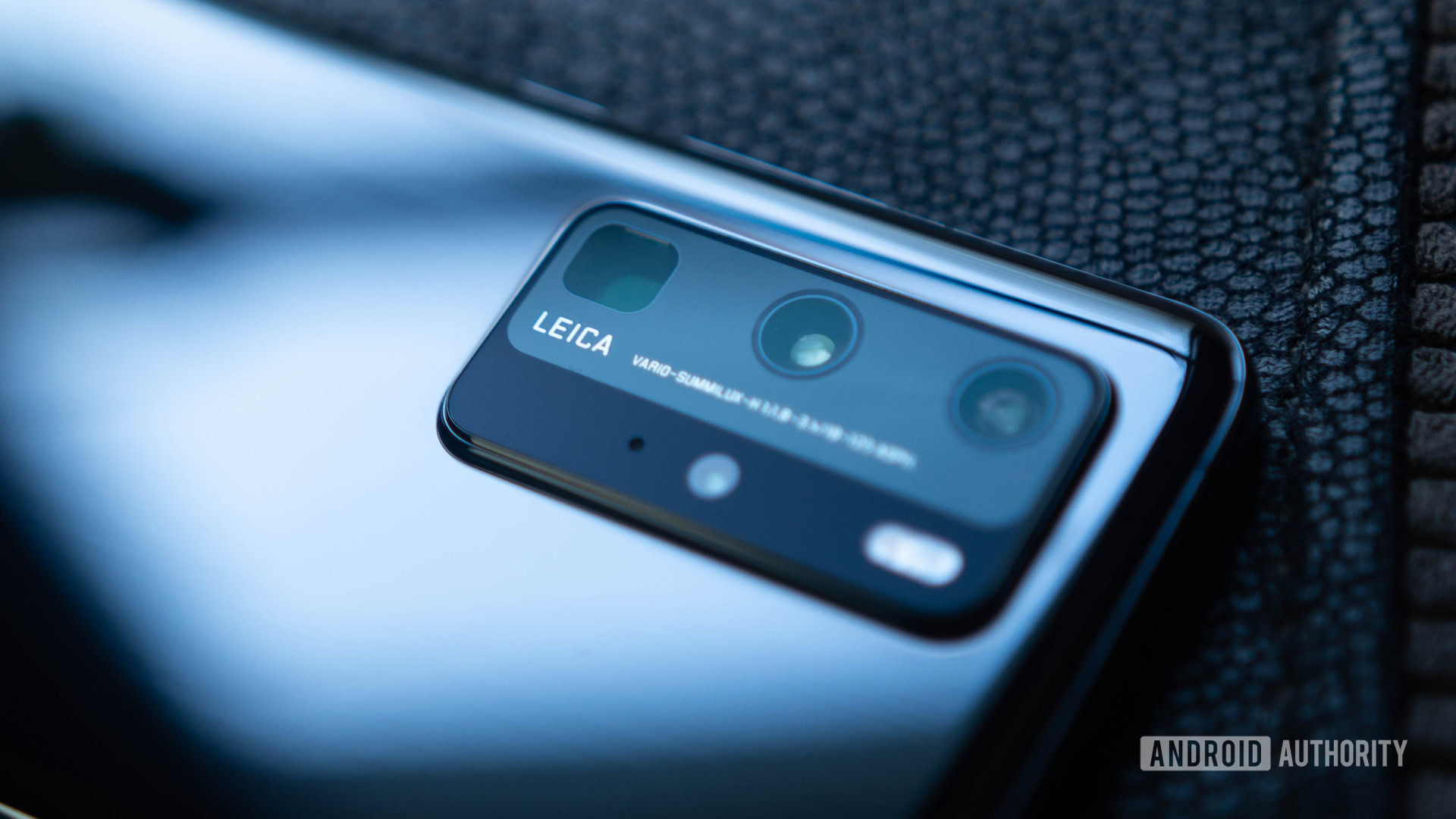
While the P40 Pro is technically in the middle, it’s in fact very similar to the P40 Pro Plus. It has the same 6.58-inch Full HD+ display, the same processor, the same battery size, the same IR-based face unlock system, and the same level of water resistance (IP68). In other words, this is the phone most people will want to pick up, the mass-market flagship. The key difference is in the camera: the P40 Pro’s optical zoom is 5X (just like the P30 Pro), versus the 10X on the P40 Pro Plus.
The P40 Pro Plus is the best of the best, the one you’ll want if money is no concern.
It’s a different story for the HUAWEI P40, which is smaller and less capable than its two companions, and thankfully cheaper. This is the phone you should consider if you like HUAWEI products and want a great camera, but don’t want to pay a lot for the privilege.
A familiar design
Earlier HUAWEI flagships sported distinctive designs, but the P40 series looks pretty familiar. HUAWEI’s new phones look a lot like the Galaxy S20 series, at least around the back. The shape and size of the camera modules are almost the same. It could be an example of convergent evolution – designers don’t have a lot of options left to arrange three, four, or five cameras without making camera modules even larger. Whatever the reason, that camera bump is massive.
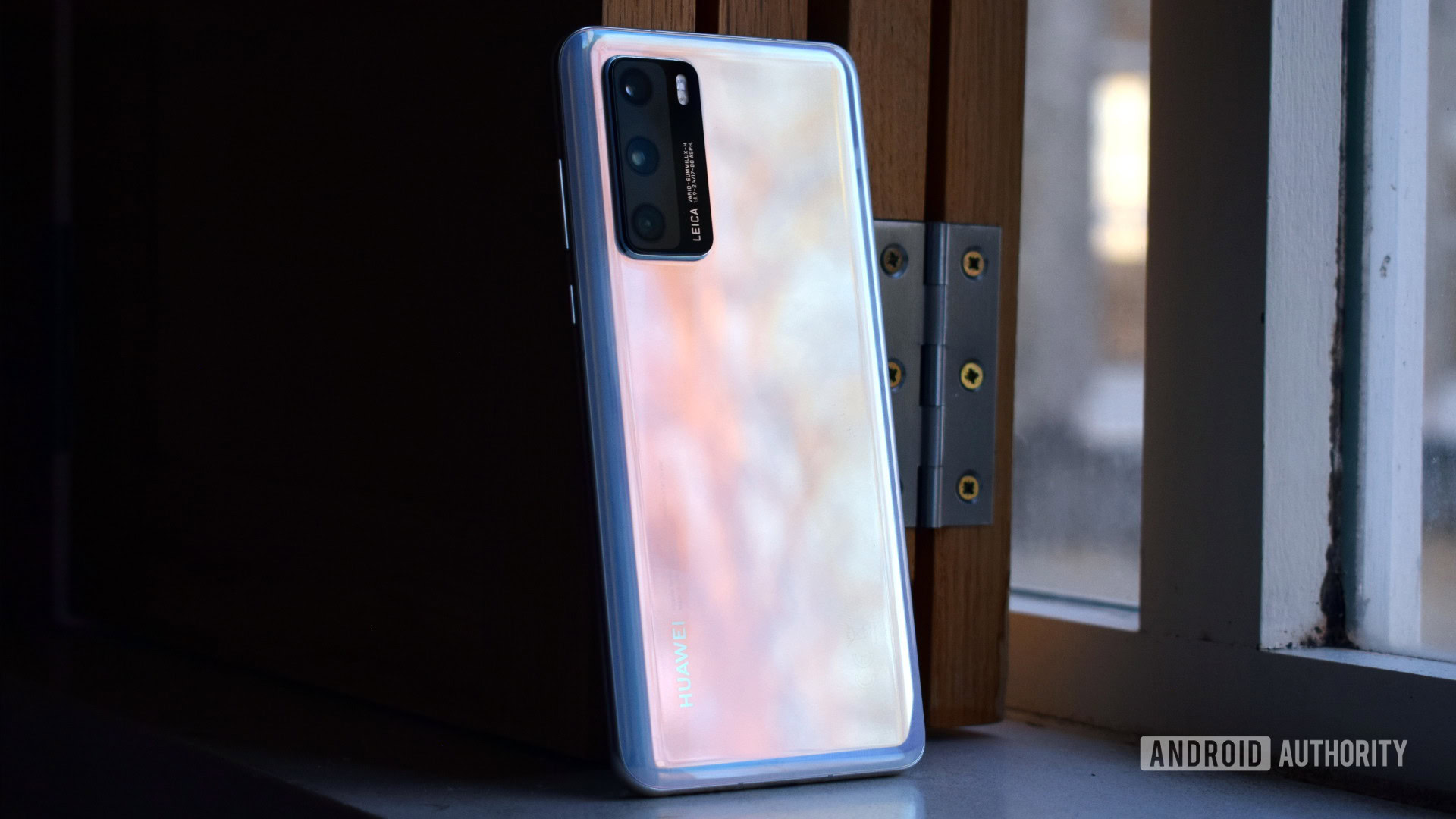
The P40 Pro and P40 Pro Plus feature curved glass edges on all four sides, which creates a very organic look and feel. HUAWEI compared it to water on the point of overflowing a glass. A large pill-shaped punch hole dominates the top, providing room for an infrared sensor. It’s a first for the P series – the P30 Pro used a camera-based facial unlock system, which is less reliable and secure than infrared.
HUAWEI spiced things up with several colors and finishes. The P40 and P40 Pro feature glass backs and the choice of two finishes: glossy (Ice White, Black, and Deep-Sea Blue) and matte (Silver Frost and BLUsh Gold). The matte texture should give you a modicum of protection against fingerprints and smudges. If you pony up for the Pro Plus, you’ll get the ceramic material in either black or white.
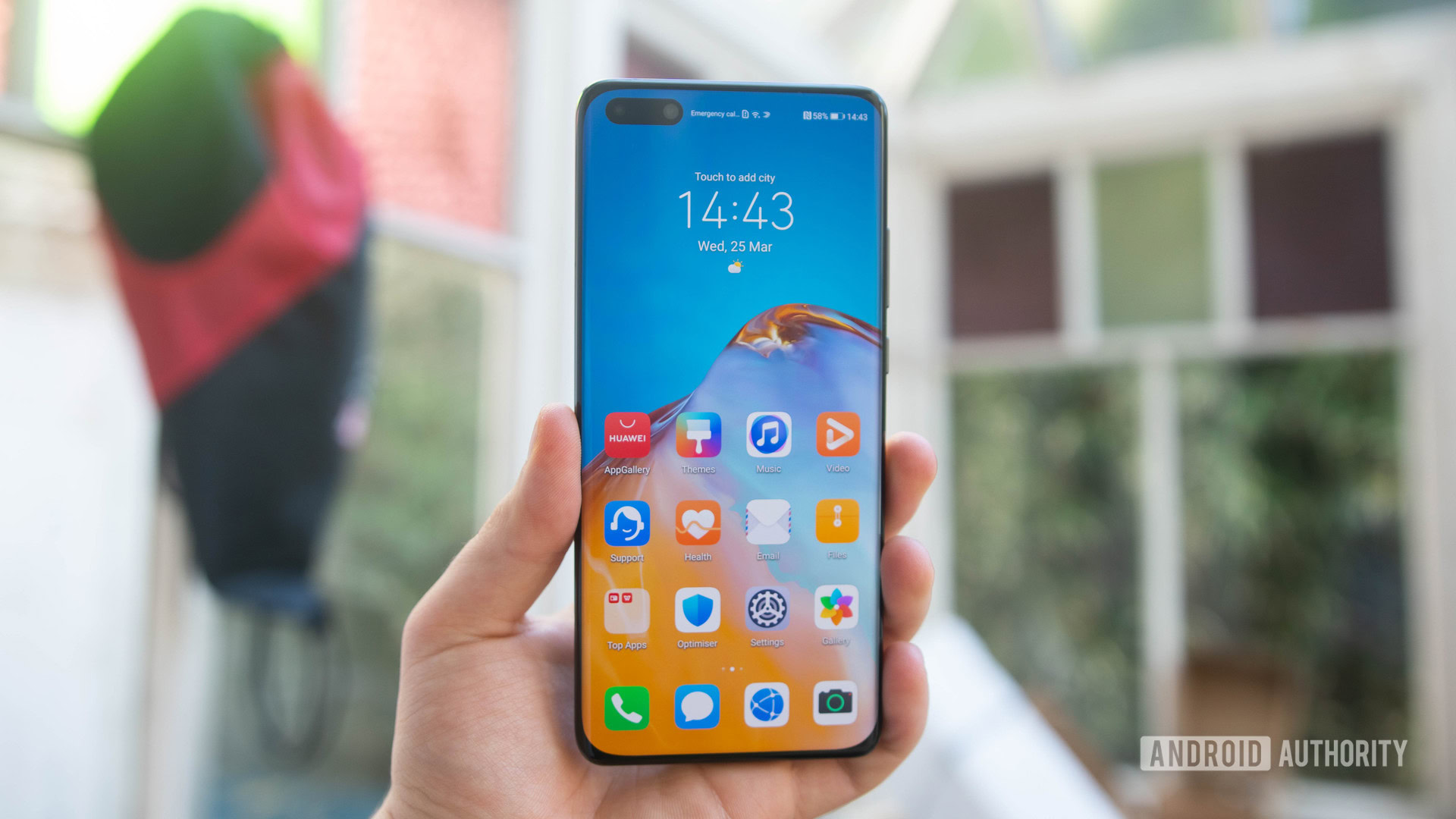
All the power you would want
The P40 series is the specs powerhouse we were expecting. While we don’t see the excessive 16GB of RAM of the S20 Ultra, you get more than enough processing power.
All three models use the Kirin 990 processor, just like the Mate 30 Pro, with 8GB of RAM (12GB for the P40 Pro Plus) and 128GB or 256GB of storage. The expandable storage slot uses HUAWEI’s proprietary Nano Memory 2 format. As of this writing, we don’t have details on this second generation of Nano Memory – we’ll update as we learn more.
Battery size has remained unchanged on the P40 Pro: 4,200mAh, same as last year. The entry-level P40 gets a minor bump to 3,800mAh, from 3,650mAh. Somehow disappointingly, the P40 Pro Plus features the same 4,200mAh unit as the P40 Pro. We would’ve liked to see at least 4,500mAh. For reference, the S20 Ultra packs a 5,000mAh unit, albeit in a bigger body.
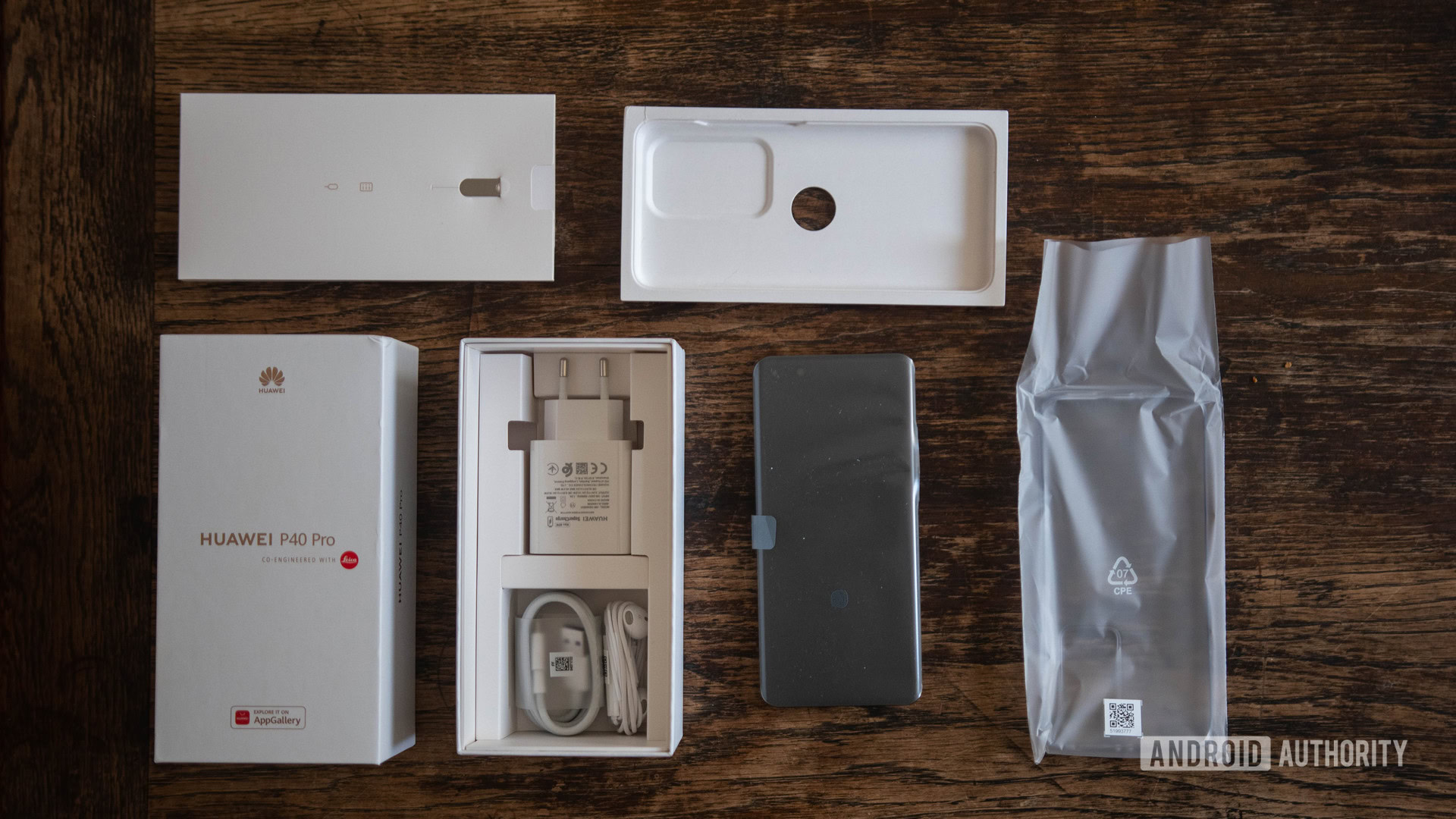
The P40 Pro and P40 Pro Plus feature 40W wired charging (same as P30 Pro), but they bump the wireless charging spec up to an impressive 40W.
HUAWEI has finally made the jump to a 90Hz screen. On paper, the display isn’t as impressive as some competitors, but we still expect a beautiful, smooth experience. The embedded fingerprint reader is now 30% larger, and, according to HUAWEI, 30% faster. From our hands-on experience so far, that claim seems correct.
The wireless charging speed goes up to an impressive 40W
The P40 Pro and P40 Pro Plus are both rated IP68, while the P40 is IP53.
Of course, the P40 series is 5G enabled.
Camera prowess
Every P-series generation brings camera innovations. The P40 Pro and especially the P40 Pro Plus are no exception, though the improvements aren’t as radical as last year.
We get the same RYYB main sensor that replaces green pixels with yellow ones for better light sensitivity, though it’s bigger than ever at 1/1.28-inch. The larger the sensor, the higher the image quality in most shooting scenarios, thanks to the reduced noise and improved dynamic range. The new sensor is almost twice as big as the sensor in the Galaxy Note 10 Plus and iPhone 11 Pro Max. It’s even bigger than the Galaxy S20 Ultra’s, which is 1/1.33-inch. Resolution has jumped up to 50MP, from 40MP last year, with quad-binning down to 12.5MP.
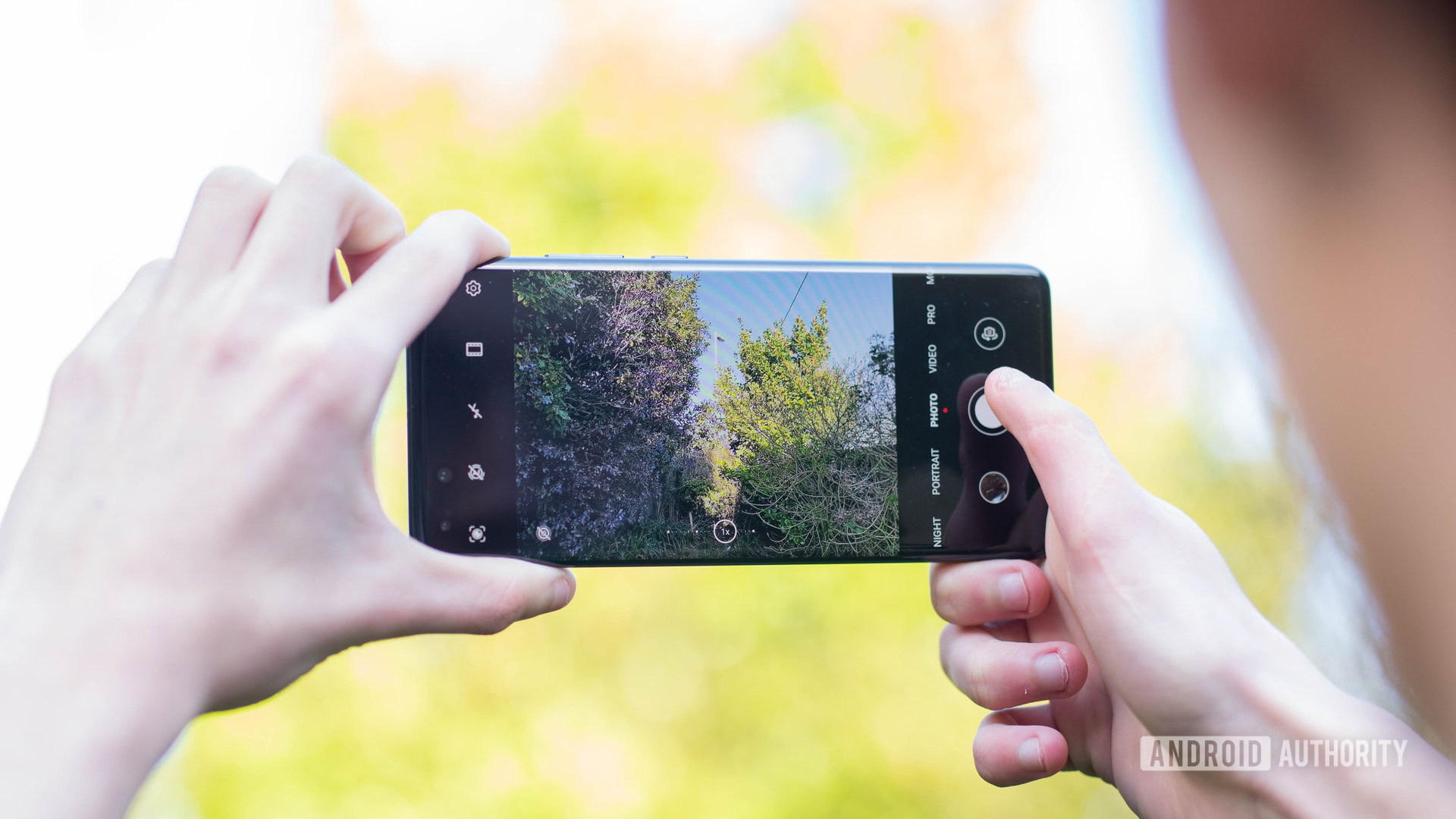
On the P40 Pro and P40 Pro Plus, the main f/1.9 50MP camera is paired with an ultra-wide 40MP f/1.8 camera; the P40 gets a f/2.2 16MP shooter instead.
Let’s hope the software optimization matches the exquisite hardware.
The “Plus” in the P40 Pro Plus’ name comes from the extra periscope lens system. While the P40 Pro has one 12MP 5x periscope optical zoom lens, the P40 Pro Plus has an 8MP f/2.4 3x periscope optical lens and an 8MP f/4.4 10X periscope. This is true optical, not the hybrid version found on the S20 Ultra. Both telephoto cameras feature OIS.
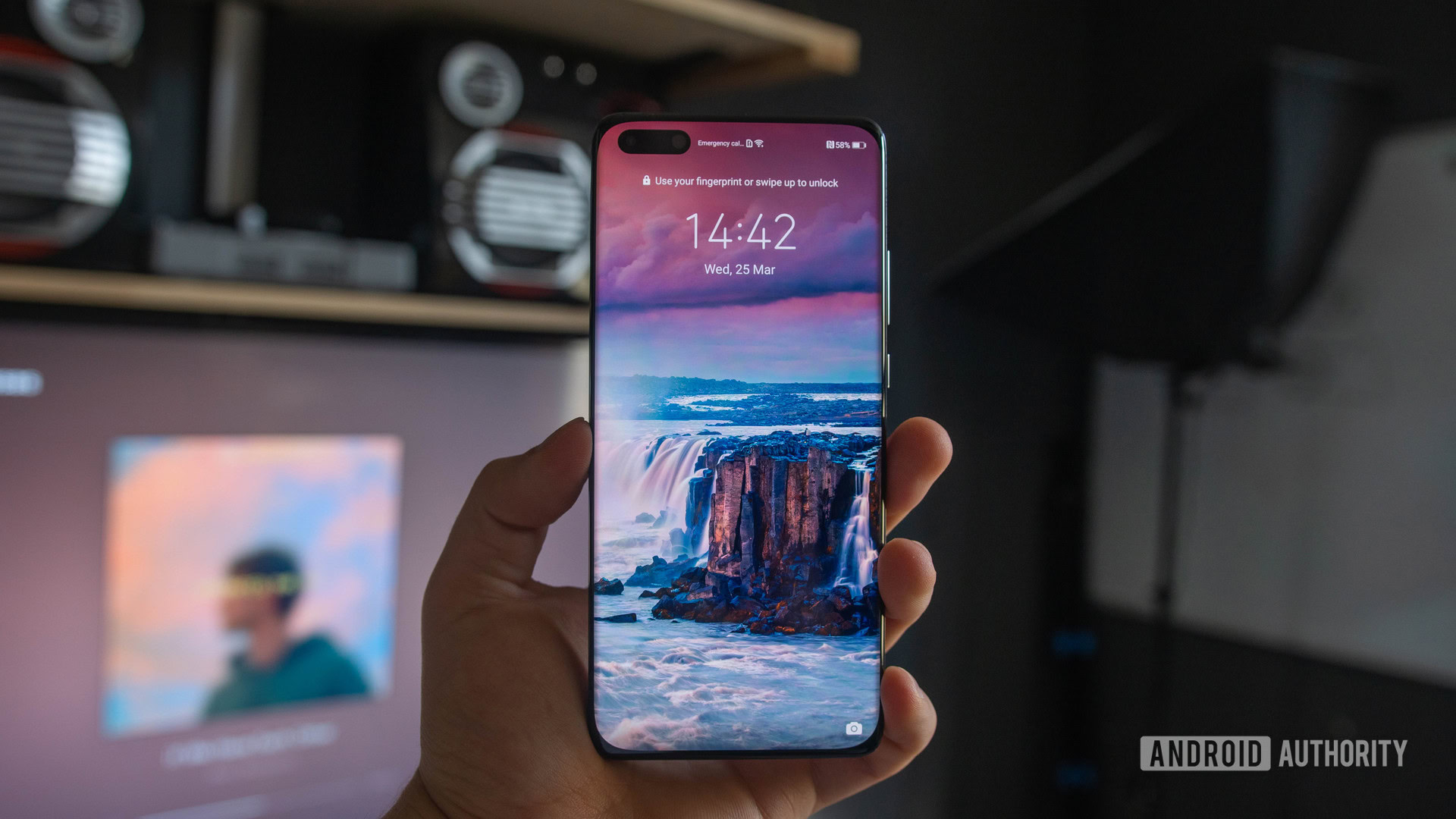
We have our initial camera impressions in our P40 Pro hands-on, but we weren’t able to test out the star of the show, the P40 Pro Plus. In any case, it shapes up to be the phone camera to beat this year, at least in terms of raw hardware. Let’s hope the software optimization matches the exquisite hardware.
Don’t mention the G-word
HUAWEI really wants to shift the conversation away from the US ban and the missing Google apps, and we can’t blame them. Just in case you needed the confirmation though, here it goes: No, the HUAWEI P40 series doesn’t have any of the familiar Google apps or the Google Play Store. While some globally popular apps are available in HUAWEI’s own AppGallery store, a vast majority are not. That means you’ll need to sideload them or make do with web versions. Furthermore, apps that rely on Google’s GMS Core infrastructure will not run at all on unmodified P40 devices.
Read: What is HMS? All you need to know about HUAWEI’s new mobile ecosystem
HUAWEI P40 phones run EMUI 10.1 out of the box, based on Android 10. The software includes many proprietary features and services, including MeeTime (coming as an OTA update), which is a video/audio call service, and the ability to control your phone from your HUAWEI MateBook.
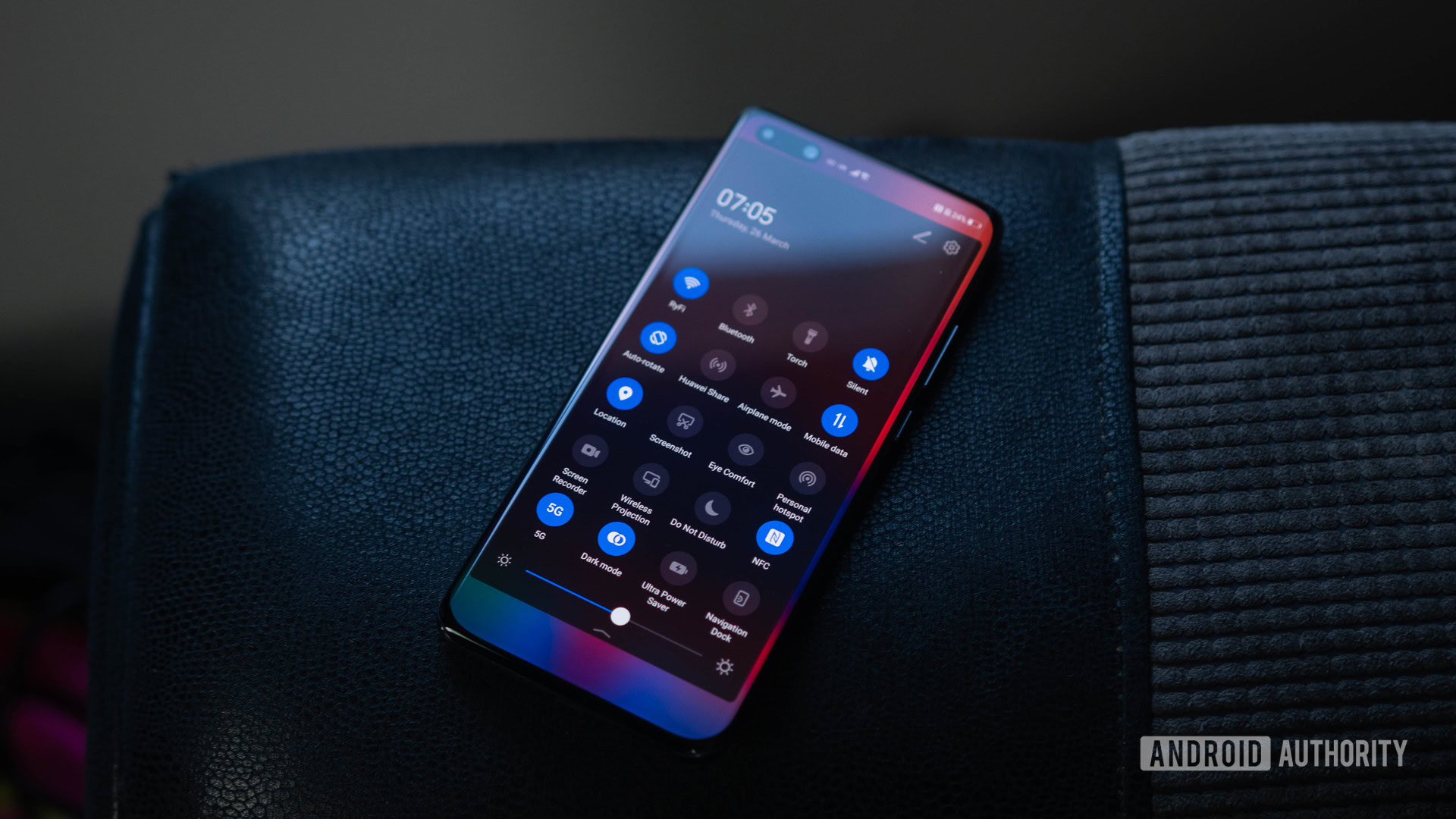
The big new feature is Celia, HUAWEI’s own voice assistant. You can wake it by holding down the power button for a second or by saying “Hey Celia.” Any resemblance between the names “Celia” and “Siri” is purely accidental, but we tested it: you can wake up an iOS device by saying “Hey Celia.” Celia looks like your typical virtual assistant, with functions like making calls, checking the weather or your appointments, playing media, and controlling basic phone functionality. Celia will be arriving as an OTA at a later date and it will be available in English, French, and Spanish, in the UK, France, Spain, Chile, Mexico, and Colombia.
HUAWEI P40 series price and availability
The HUAWEI P40 and P40 Pro will be available globally starting from April 7. The P40 Pro Plus will go on sale in June 2020.
- HUAWEI P40 — 8GB RAM, 128GB ROM — €799 (~$864)
- HUAWEI P40 Pro — 8GB RAM, 256GB ROM — €999 (~$1,080)
- HUAWEI P40 Pro Plus — 8GB RAM, 512GB ROM — €1,399 (~$1,534)
What’s your take?
There you have it – our overview of the HUAWEI P40 series. What do you think of these phones? Answer our poll below and sound off in the comments!
HUAWEI P40 Pro: Hot or not?
Thank you for being part of our community. Read our Comment Policy before posting.